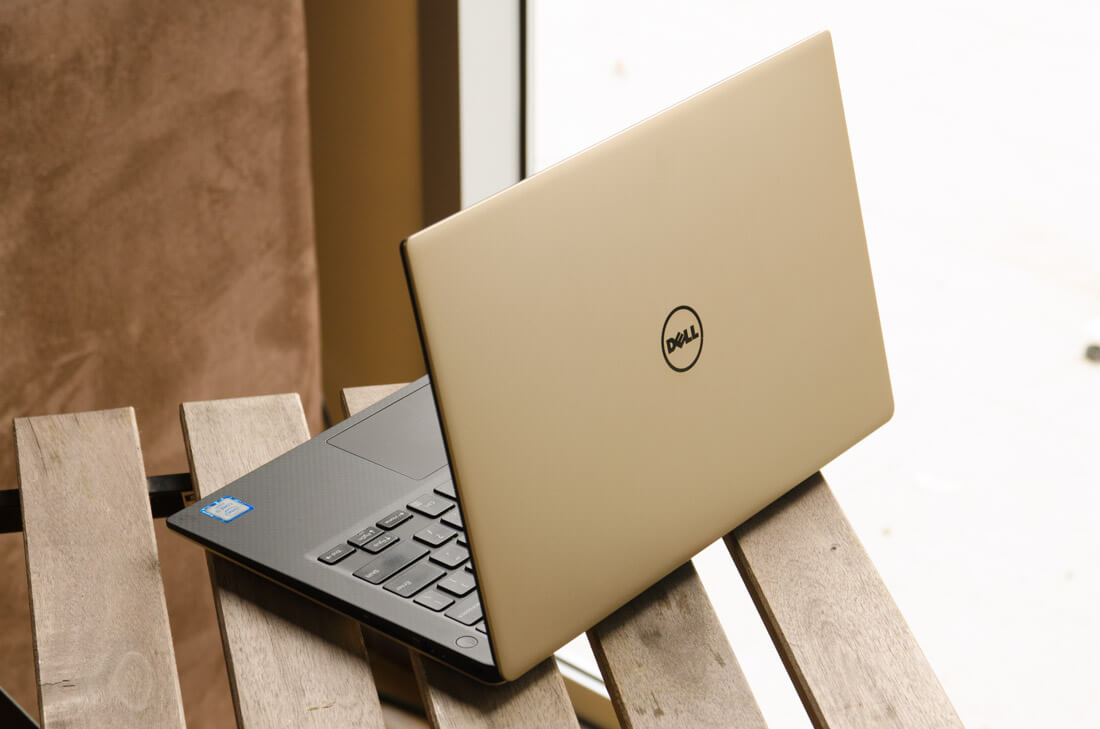Not only are PC sales falling, the people buying the computers are paying a lot more for them, all thanks to a shortage of components. Sadly, it's a situation that won't be improving anytime soon.
As reported by IDG News Service, putting an exact figure on the increase is impossible due to the huge number of PC configurations available. According to Gianfranco Lanci, corporate president and COO at Lenovo, the worldwide shortage of SSDs, DRAM, batteries, and LCDs mean the prices of laptops, desktops, and 2-in-1s are rising.
Component shortages aren't the only thing pushing up PC prices; it's also due to the shrinking market. With fewer people buying new machines, manufacturers want to get the highest profit margin from each sale. And the best way to do that is to raise the selling point even higher.
Some PC makers are encouraging (forcing?) people to spend more on their devices though restricted customization options. Dell's base model XPS 13 laptop, for example, comes with a 128GB SSD. But if you want to add more storage space, the limited configuration options mean you'll also have to upgrade the CPU and memory as well, adding an extra $300 to the price.
The good news for manufacturers is that consumers, especially gamers and millennials, are now willing to spend more on a new PC. At Intel's annual investor day last week, the company revealed that operating profits had gone up the 30 percent. It seems the 7 percent chip price increase didn't adversely affect the popularity of its Core i7s
DRAM prices have been particularly volatile recently, jumping 30 - 40 percent during the last two quarters. With no end to the component shortage in sight, PC prices are expected to continue rising during the first and second quarters of this year.
